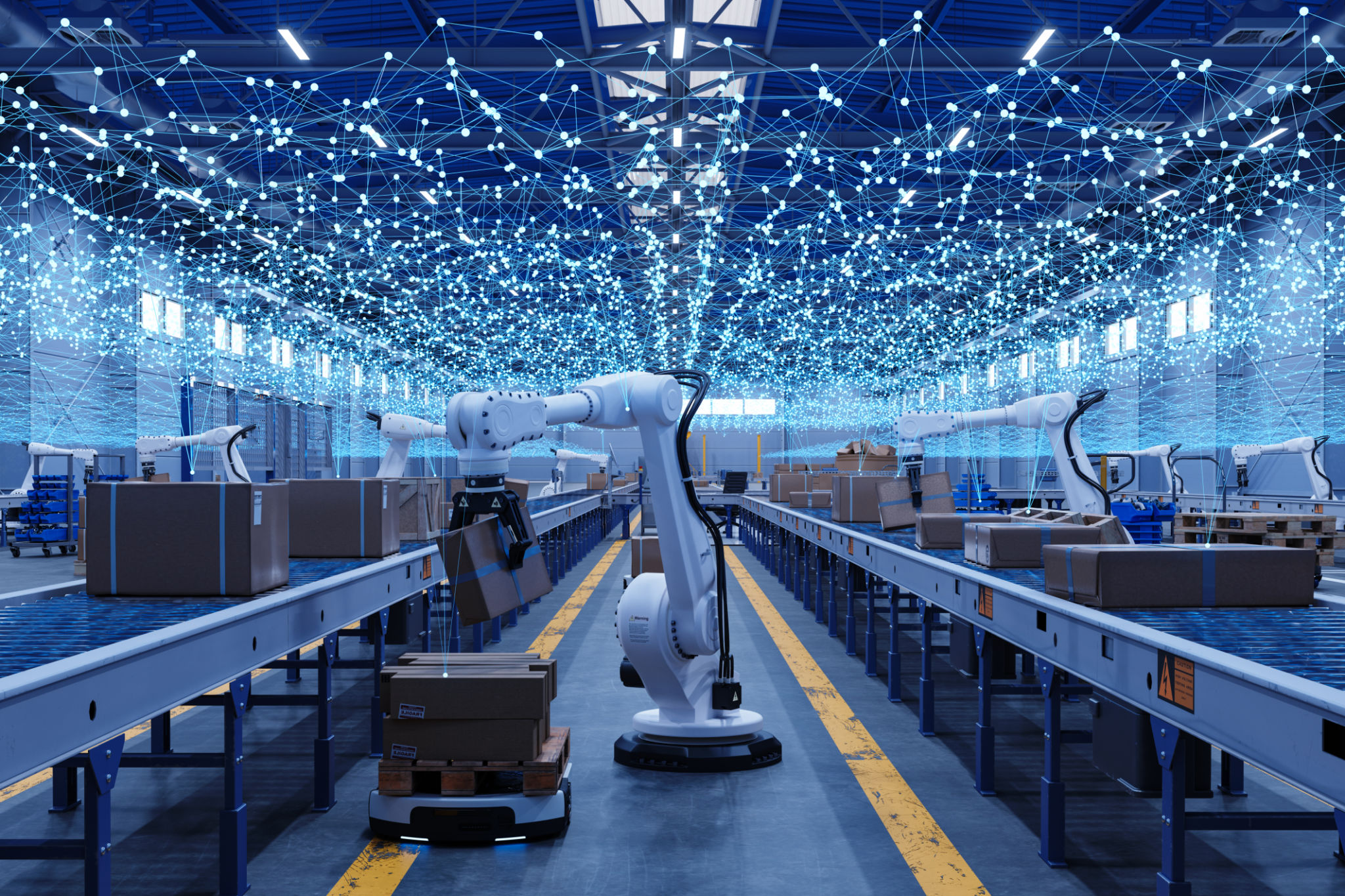Unlocking Efficiency: How R&D Services Drive Digital Transformation in Heavy Machinery
JM
In today's rapidly evolving industrial landscape, digital transformation is not just a buzzword—it's a necessity. For the heavy machinery sector, adapting to this new digital era can unlock unprecedented levels of efficiency and innovation. One of the key drivers of this transformation is Research and Development (R&D) services. By investing in R&D, companies can leverage cutting-edge technologies to enhance their operations and maintain a competitive edge.
R&D services are crucial in fostering innovation. They play a pivotal role in identifying new technologies and methods that can be integrated into existing processes. This integration is essential for heavy machinery companies looking to improve efficiency and reduce operational costs. By embracing R&D, these companies can develop smarter and more sustainable machines that meet the demands of modern industry.

The Role of R&D in Enhancing Efficiency
The primary goal of R&D in the heavy machinery sector is to enhance operational efficiency. This is achieved through the development of advanced technologies such as automation, artificial intelligence, and the Internet of Things (IoT). These technologies enable machines to perform tasks more quickly and accurately, reducing the need for human intervention and minimizing errors.
By implementing these technologies, companies can streamline their processes and increase productivity. This not only leads to cost savings but also allows them to allocate resources more effectively. In a highly competitive market, these advantages can be the key to long-term success.
Automation and AI Integration
Automation and AI are transforming how heavy machinery operates. Automated systems can perform repetitive tasks with greater precision and speed than human workers. This frees up human resources for more complex and strategic tasks. Meanwhile, AI can analyze vast amounts of data to optimize machine performance and predict maintenance needs, preventing costly downtime.

Driving Innovation Through R&D
Innovation is at the heart of digital transformation, and R&D services are the catalyst. By focusing on research and development, companies can explore new materials, designs, and technologies that can redefine the capabilities of heavy machinery. This leads to the creation of more efficient, eco-friendly, and versatile machines that can adapt to various industrial applications.
Incorporating sustainable practices is another significant area where R&D can make a difference. By developing machines that consume less energy and produce fewer emissions, companies can meet regulatory requirements and contribute to environmental conservation.
The Impact of IoT on Heavy Machinery
The Internet of Things is revolutionizing the heavy machinery sector by enabling interconnected devices to communicate and collaborate. IoT technology allows machines to collect and share data in real-time, providing valuable insights into their performance and health. This data-driven approach enables companies to make informed decisions and optimize their operations.

Conclusion: Embracing the Future
The heavy machinery industry stands on the brink of a digital revolution. By leveraging R&D services, companies can unlock new levels of efficiency and innovation, driving their digital transformation forward. As these technologies continue to evolve, the potential for growth and improvement in the sector is limitless.
Embracing digital transformation through R&D is not just about staying competitive—it's about leading the industry into the future. By investing in research and development, heavy machinery companies can create a sustainable and prosperous future, paving the way for the next generation of industrial advancements.
